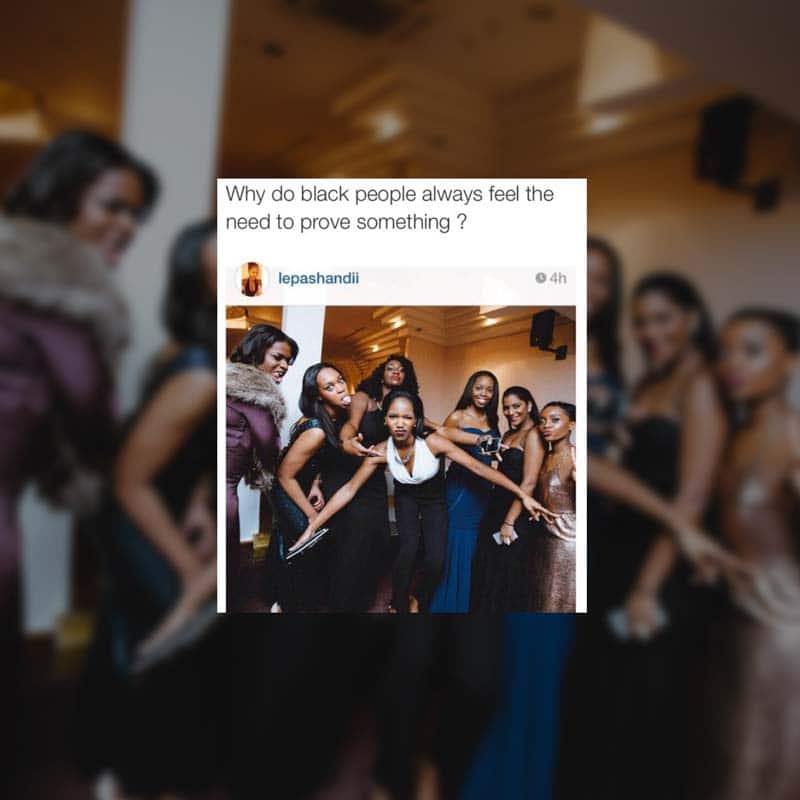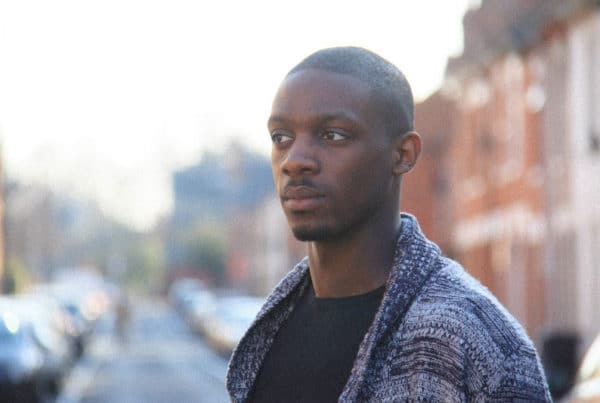About nine days into the new year you may have noticed a particular picture on your twitter streams, Instagram feeds and your Facebook posts and needless to say that image still remains a hot topic all over the internet roughly 10 days later. I’m talking about THAT Dream Nation Gala photo. We hosted an end of year celebration all in name of networking and having a good time and like all of our events, we hired some of the best photographers to capture candid or posed moments. Sometime during the night our photographer captured this moment right here (see picture below).
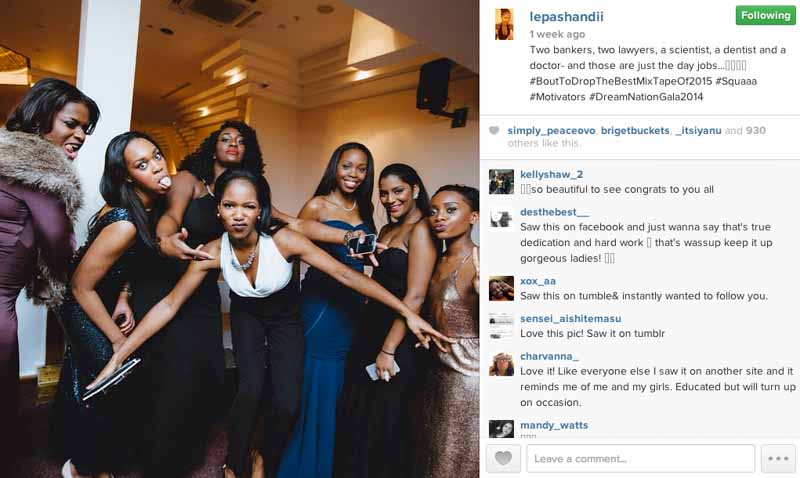
From left to right, Inez Sarkodee-Addo,(21), Steph O (20), Nsikan Sokan (21), Melanie Okuneye (21), Shade Oyewole (22), Amelia Bhoorasingh (21) and Olivia Odubanjo (20).
The picture which was first released on our Facebook page was reposted on Instagram by Melanie Okuneye (Lepashandii) with the caption: “Two bankers, two lawyers, a scientist and a doctor – and those are just the day jobs …” followed by a couple of hashtags, one in a particular caused me to laugh out loud. The photo features seven of our attendees who are all between the ages of 20 and 22, who probably had no idea an innocent photo from Instagram could go so viral or spark an ongoing controversy on the internet.
Online Reaction
It appeared that some online users felt the photo was an inspiration and harmless fun whereas others received it as boastful. Either way it sparked a massive conversation about race and gender causing @TonySupreme to state that the controversy was a simple “case of insecurity” in his article for SimplyOloni, whilst Leslie Poku of Dream Nation pleaded that we stop “over-analysing race and gender” . Meanwhile, Black Ballad’s Editor-In-Chief, Tobi Oredein asked the hard-hitting question; “Why Doesn’t The Internet Like Black Women” just before the Huffington Post explored the socio-political issues attached to the photo going viral in “What Was All The Fuss About?”.
The photo and the topics that accompany it continue to make their rounds on the internet in blogs and social media feeds. Last time I checked the photo was shared on Tumblr just under 100k times and even motivated a very similar version from the USA.

Without a doubt going viral has brought up our numbers and an increased interest in Dream Nation. Going viral encouraged people we may not have been able to reach yet on our own to ask questions about us. Going viral also sparked a conversation that had many people asking “What Is Dream Nation?”.
Going viral may be very unintentional for some but in most cases, the latest viral music video or advertisement you see everywhere was intentionally placed before your eyes. Going viral was beneficial for us and can be beneficial to you too whether you are an artist, a hairstylist, a fashion blogger or an entrepreneur which is why I would like to take the opportunity to share the 4 things we implemented in our digital strategy, in hopes of going viral.
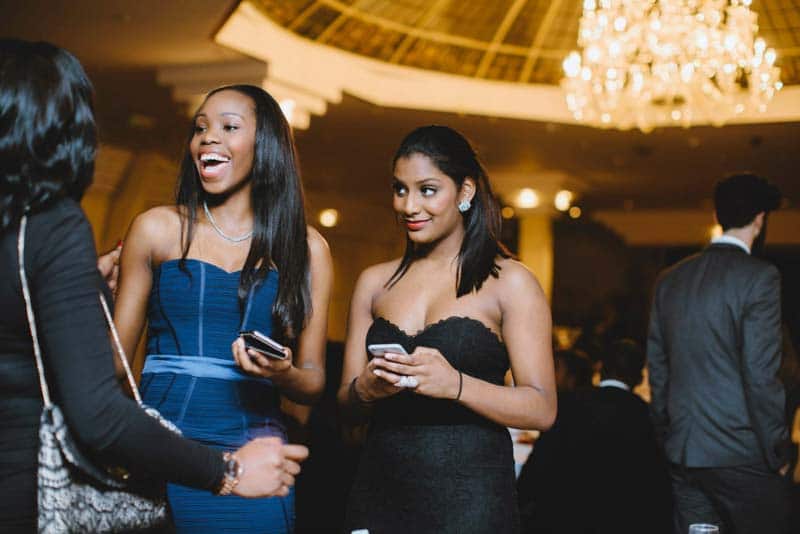
4 Reasons We Went Viral
These ways were applied and learnt from “Contagious: Why Things Catch On” by Jonah Berger which you can purchase [easyazon_link asin=”1442359374″ locale=”UK” new_window=”default” nofollow=”default” tag=”thecosblo-21″ add_to_cart=”default” cloaking=”default” localization=”default” popups=”default”]here[/easyazon_link]
The Photo Has Social Currency
Social currency is a common term used since the emergence of social networks and communities which can refer to online or offline communities. When attempting to make your product, idea or brand go viral you have to ask yourself, “does this have social currency?”. How does it make online users look if they discuss this product? Does it make them look knowing and informed or dumb and basic? Would our users be sharing something they felt was mediocre and boring? Your audience would rather share something that influenced the way people viewed them.
When we ensured that this particular photo would lead all of our photos from the Gala, we did so because it was different and fun (it certainly has a lot more social currency than the alternative picture of the same girls posing conservatively). Although we did not caption the photo (the main reason for the debate) we were confident that this photo would be “the face” of all our photos from the evening, predictably that photo was shared because it had social currency.
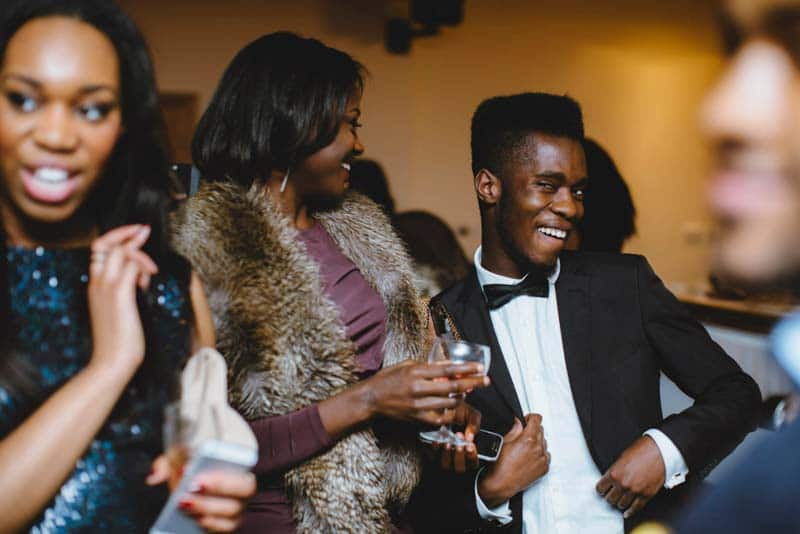
The Photo Evokes Emotion
Did you know that when your heart rate goes up you are more likely to share information? It’s a fact – an elevated heart rate can you make me more willing to be open. When your audiences care, they share. When discussing emotion, it has to be noted that negative emotion is not exempt. Emotions ranging from surprise, shock, anger and amusement can make your idea or product contagious. So think carefully about how you may create a message or image that will make your audiences feel something.
As soon as I saw seven friends, dressed to the nines, posing for a picture in such a care-free manner I felt pride. I was proud that I, too, was in the midst of an atmosphere that provoked such a photo and when I shared it with my friends and followers online I hoped it would provoke jealousy and regret for those who couldn’t make it. It did for some, and as it did hearts rate went up and thousands of people became willing to share the photo alongside the controversy it had sparked.

The Photo Has Practical Value
This photo quickly became attached to the ever-increasing topic of “race and gender”. Both racism and feminism have become hot topics on the internet and pop culture and attaching a photo to the dialogue was not only practical but valuable. Many practically used the photo for their agendas, either to celebrate a demographic or criticism the same demographic. For many, the captioned photo was shared to equipped those in my network that young black women can have success stories and can have these stories together.
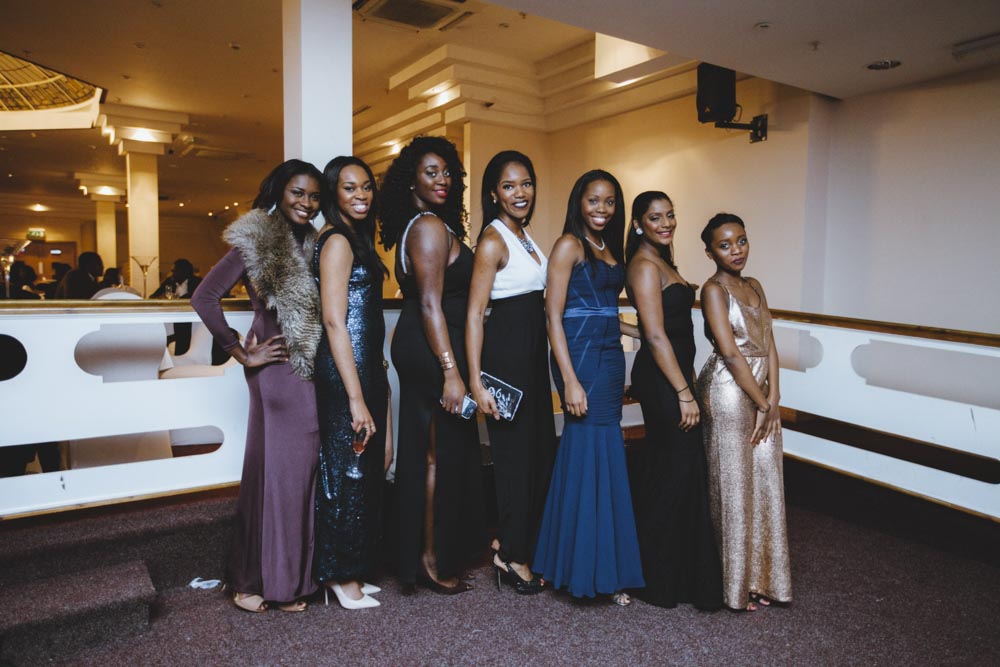
The Photo Tells A Story
“Stories are the original form of entertainment […], people are so used to telling stories that they create narratives even when they don’t actually need to” – Jonah Berger.
This photo tells a story desired to be told. Beyond the image and various captions going viral, the story behind it did too. The story has been re-told on social media and online publications such as The Huffington Post.
If the product, idea or brand you are trying to sell can tell a story or encourage people to create a narrative even when it’s not needed, you are on the right track. After seeing various, and often degrading version’s of their stories online, the ladies in the photo cleared things up in this podcast with 20Something Podcast.






